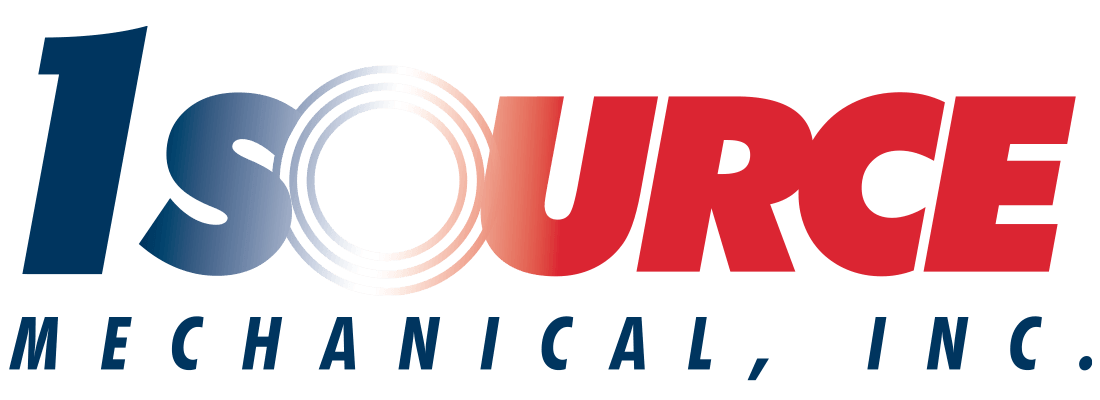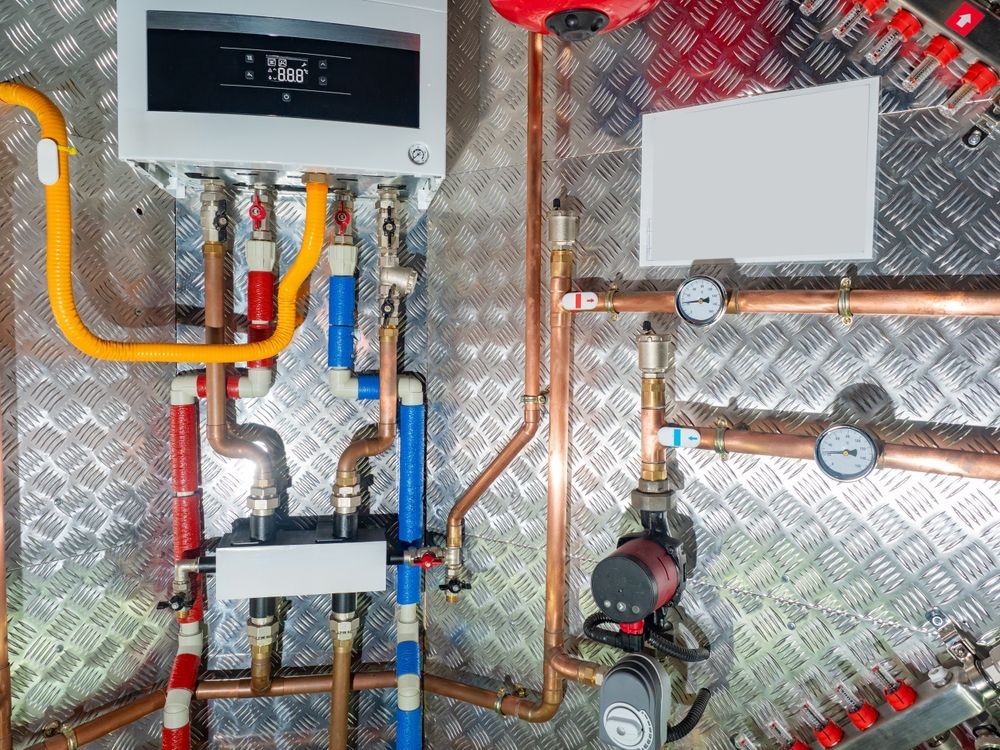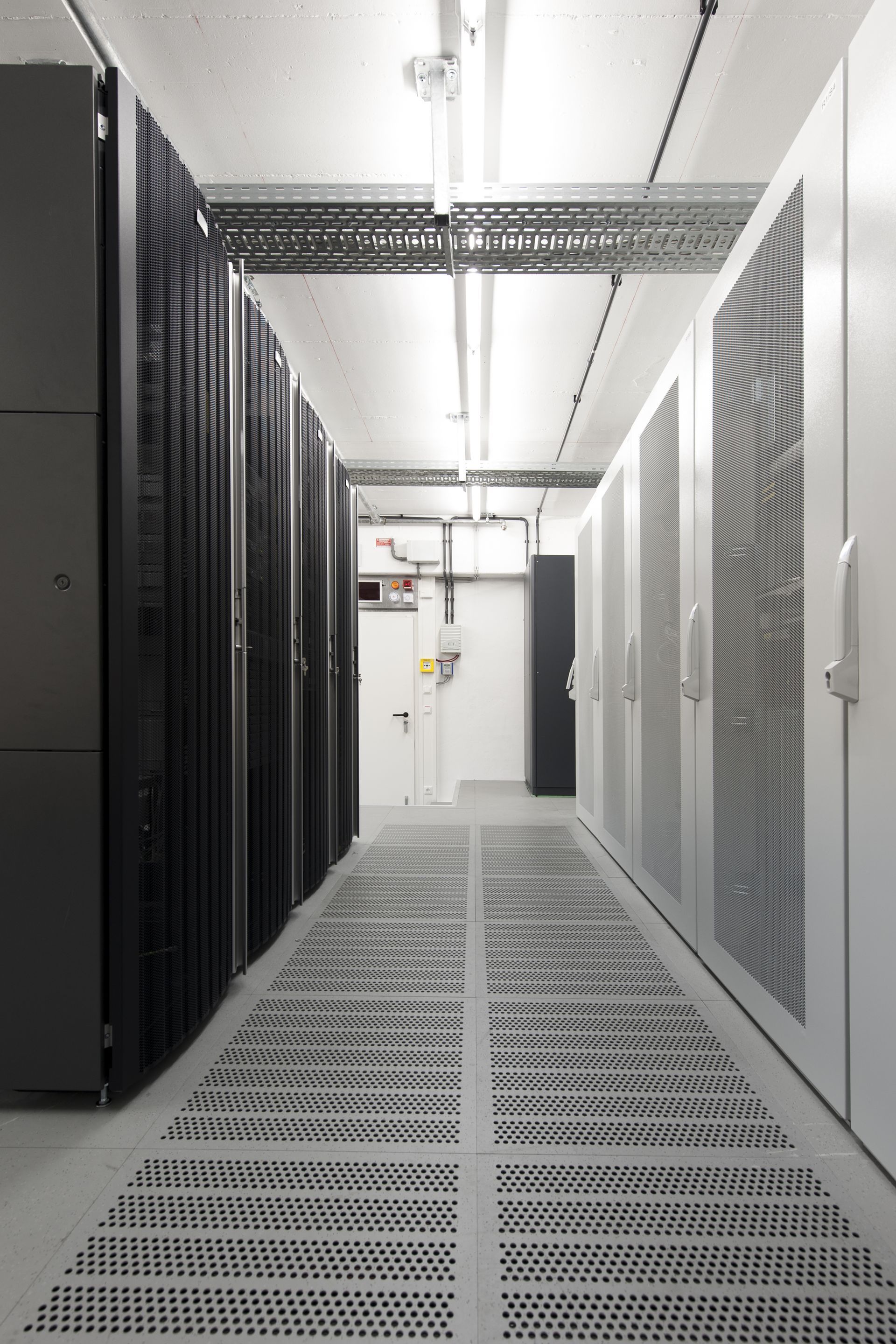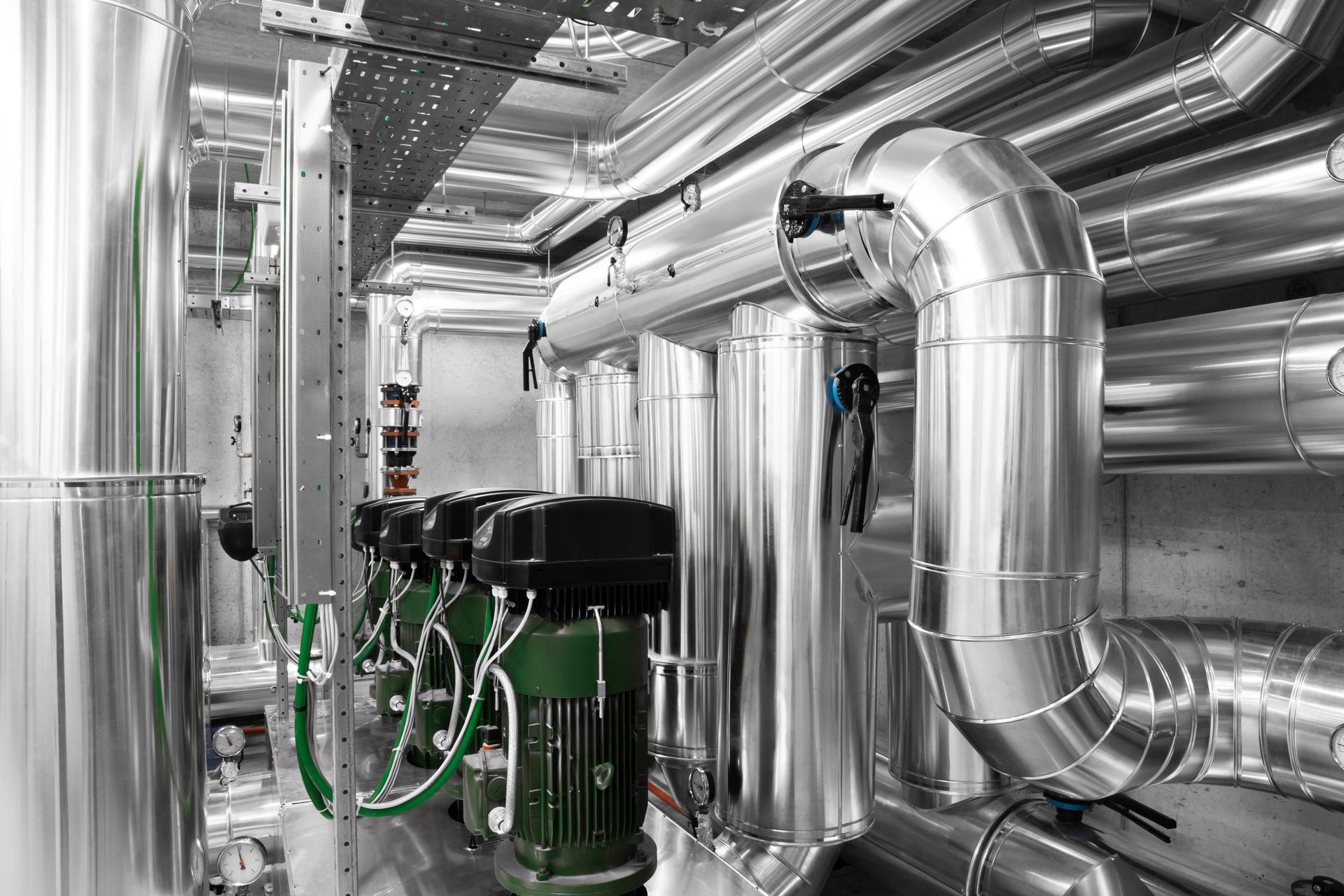3 Types of Commercial HVAC Systems
Are you in the process of constructing a new commercial building, or is it simply time for an upgrade to your HVAC system? Commercial building owners, contractors, facility managers, and other decision makers have a few different options when it comes to what HVAC system they can install in their commercial building. Which one is right for you and your facility? While each type offers unique benefits and potential drawbacks, we will break down the differences between a few of the most popular types of commercial HVAC systems to help you make your decision.
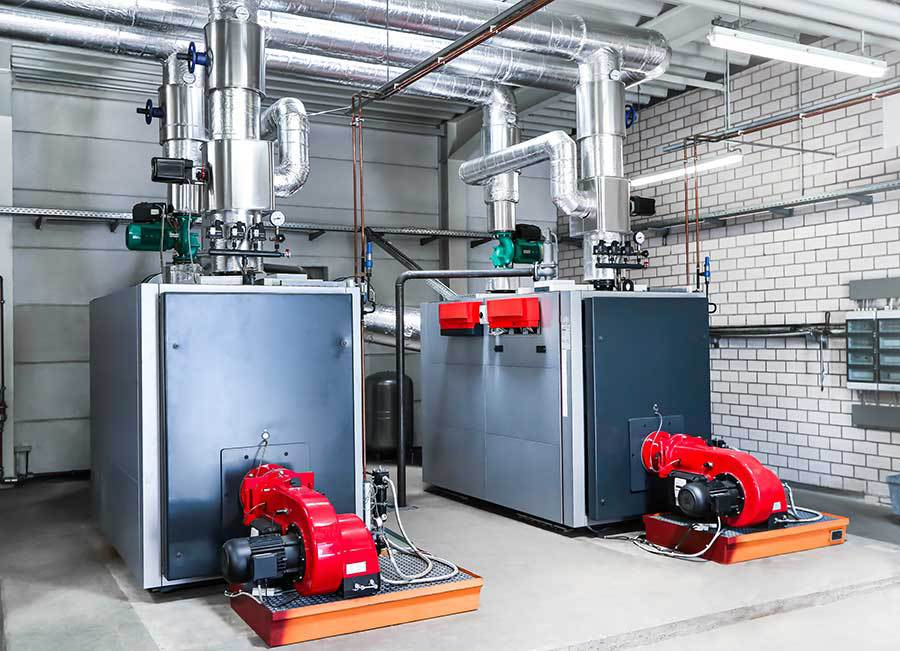
Rooftop Units
Especially common in the industry, rooftop units use many different component types to produce conditioned and heated air, housed within the unit and situated outside on top of your building. Consisting of traditional sets of coils, compressors and fans, this types of unite directly connect to the ventilation system of your building to then distribute that air.
The Pros & Cons of Rooftop HVAC Units
Rooftop units come in a wide variety of types and sizes, meaning there is certainly a unit that will work for your exact needs. With rooftop units, you will be able to heat and cool nearly any amount of square footage with a relatively easy, space saving installation process. Usually only requiring routine maintenance a few times a year, these units are more susceptible to weather damage than other options due to their rooftop location. More expensive repairs may be required from time-to-time as a result.
Multi Splits (Split Systems)
Split systems are so called due to the “split” nature of the unit. Comprised of two cabinets, one indoors and one outdoors, both hold different pieces of the system. The outdoor cabinet houses the compressor, fan, and condenser coil while the indoor cabinet houses the blower, dampers, air handler, and is the point of connection to your building’s ventilation system.
While the outdoor cabinet is usually stored right outside your facility in a discrete location, the indoor cabinet can be stored in several places. Utility closets, basements, and attics are popular options.
There are also two different types of split systems – single and multi-split systems. Single splits are a great option for small spaces such as a small office, café, etc. If you decide to expand your operations later one, additional split systems can be added to serve your new space without creating unnecessary headaches and difficulties. Conversely, a multi-split system is well suited for larger spaces, including buildings with multiple floors.
Pros & Cons of Split Systems
Build for precise comfort and control zoning, split systems are an amazingly efficient and reliable way to heat businesses and office buildings. Typically, they are less expensive than rooftop units and are also highly energy efficient. However, installation can be much costlier, and they are not always the most aesthetic option when outside your building.
Commercial boilers
Noticeably healthier than forced-air heating options, commercial boiler systems limit the amount of air pollutants moving through your building’s ductwork. They are a reliable way to keep customers and employees comfortable for many winters to come.
However, commercial boilers tend to cost more for both installation and repair services than other heating systems. Additionally, regular preventative maintenance, performed by a licensed and experienced technician, is mandatory.
1 Source for All Three Commercial HVAC Solutions
After reviewing your facility, we can help recommend, install, and care for the best commercial heating unit for your needs. 1 Source Mechanical excels in service for rooftop heating and cooling units, commercial air conditioners, hot-water tanks, and steam boilers, as well as air-to-air heat exchangers.
If you’d like to talk to our team further about your commercial heating services or want to get started on your project, contact us today by phone at (630) 320-9393 or fill out our online contact form for 24 hour service.
